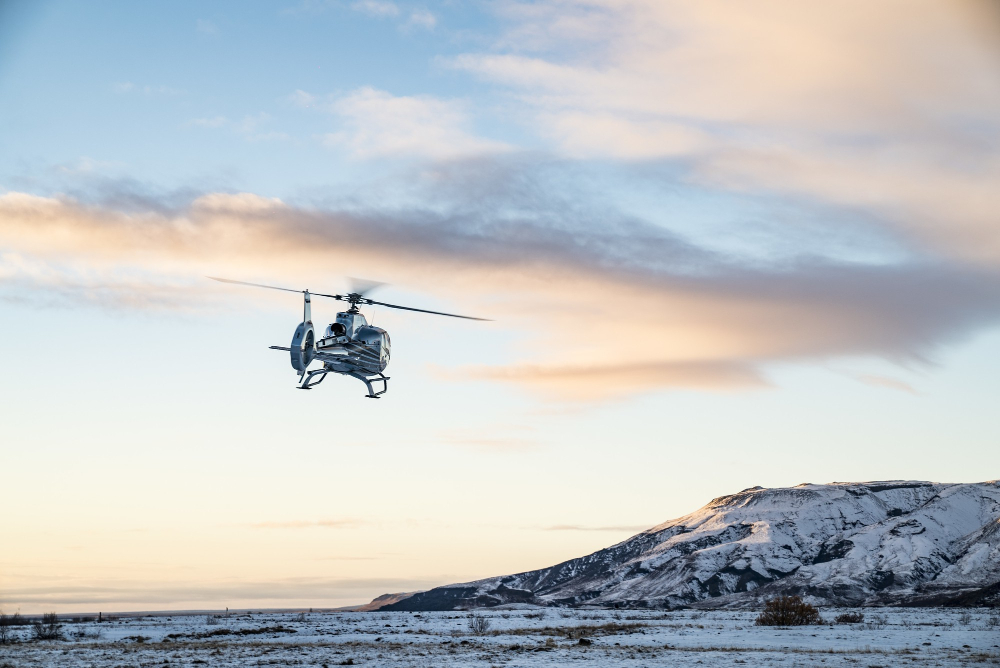
Air travel has evolved far beyond the simple act of getting from one destination to another. For many passengers—especially those traveling first class, business, or on private jets—the experience on board must reflect the comfort and luxury they expect on the ground. Among the most impactful elements shaping that experience is in-flight dining. Today’s flight catering services are no longer just about convenience; they are about creating memorable culinary journeys above the clouds.
The transformation of flight meals from pre-packed, processed trays to gourmet experiences prepared with precision is the result of technological advancements, innovative logistics, and an unwavering commitment to service. But how does that journey begin? Let’s take a closer look at how flight catering services operate, from the kitchen to the cabin.
The Culinary Backbone: Specialized In-Flight Kitchens
It all starts in dedicated kitchens designed specifically for aviation catering. These aren’t standard commercial kitchens—they’re high-security, temperature-controlled environments staffed by chefs who specialize in preparing food that tastes good at altitude. The unique challenges of high-altitude dining—such as altered taste perception due to cabin pressure and dry air—mean that chefs must carefully calibrate recipes for flavor, texture, and presentation.
Ingredients are meticulously sourced for freshness, quality, and safety. For high-end flights, local, organic, and seasonal ingredients are often preferred. Every dish is carefully tested and refined to ensure it retains its integrity after storage and reheating. In these kitchens, chefs are not just cooks—they are culinary engineers, balancing art and science to deliver a five-star meal that can be enjoyed at 35,000 feet.
Tailored Menus for Diverse Needs
Flight catering services thrive on customization. Menus are often tailored to individual passenger preferences, cultural expectations, religious dietary requirements, and medical restrictions. From vegan and gluten-free options to Halal-certified meals or allergen-free dishes, every need is considered.
For commercial airlines, catering may follow set menus based on class of travel and route. However, in business aviation and private flights, customization is far more precise. Passengers might request a rare delicacy from a particular region, a vintage wine pairing, or even meals mirroring their favorite restaurant dishes. This level of attention ensures that passengers feel at home, even in the air.
Logistics in Motion: Time, Temperature, and Precision
The journey from kitchen to aircraft is governed by tight timelines and rigorous quality control. To begin with, chefs prepare meals with precision and care. Next, they pack the food in specialized containers designed to maintain freshness and hygiene. After that, the meals are stored in temperature-regulated compartments. Finally, the food is transported to the airport with absolute punctuality, ensuring it arrives ready for flawless in-flight service.
Catering trucks arrive at the aircraft with clockwork precision. The entire loading process is conducted with strict adherence to aviation security protocols. Meals are then loaded into galley carts, where they remain until served. Depending on the aircraft’s configuration and catering equipment, the flight attendants reheat, plate, and serve the meals according to passenger preference.
Flight catering services also account for unpredictable changes. Flights may be delayed or rescheduled. Passenger numbers may increase or decrease. Last-minute dietary preferences may emerge. The catering operation must be flexible enough to adapt without compromising quality or timing.
The In-Flight Dining Experience
Once in the air, the magic comes to life. A flight attendant might present a beautifully plated appetizer, followed by a warm entrée and a decadent dessert—all designed to be savored as though in a fine restaurant. Beverages, from handcrafted cocktails to curated wine selections, enhance the culinary experience.
In private aviation, the experience becomes even more immersive. Passengers can choose when they want to dine, how they want their meals served, and even the presentation style. Every detail—from the type of glassware used to the temperature of the espresso—is tailored. The goal is not just to feed, but to delight.
Hygiene and Safety Standards
Flight catering services operate under some of the most rigorous hygiene standards in the food industry. Aviation authorities across the world mandate strict compliance with food safety regulations, and catering companies must ensure every aspect of preparation and delivery adheres to these standards.
Meals are routinely tested, kitchens are sanitized to perfection, and staff are trained in safe handling and packaging protocols. In the post-pandemic era, many providers have further upgraded their hygiene practices, including contactless packaging, sealed containers, and enhanced sanitization of catering equipment. These practices not only ensure passenger safety but also instill confidence in the entire onboard dining system.
Conclusion
From kitchen to cabin, flight catering services are a vital component of the air travel experience. Behind every meal served on board lies a world of planning, passion, and precision. It’s a field where culinary artistry meets logistical mastery, all in the pursuit of passenger delight.
Whether flying commercially or on a private jet, passengers today expect more than sustenance—they expect excellence. And thanks to the evolution of flight catering services, that expectation is being met and exceeded, one gourmet plate at a time.




